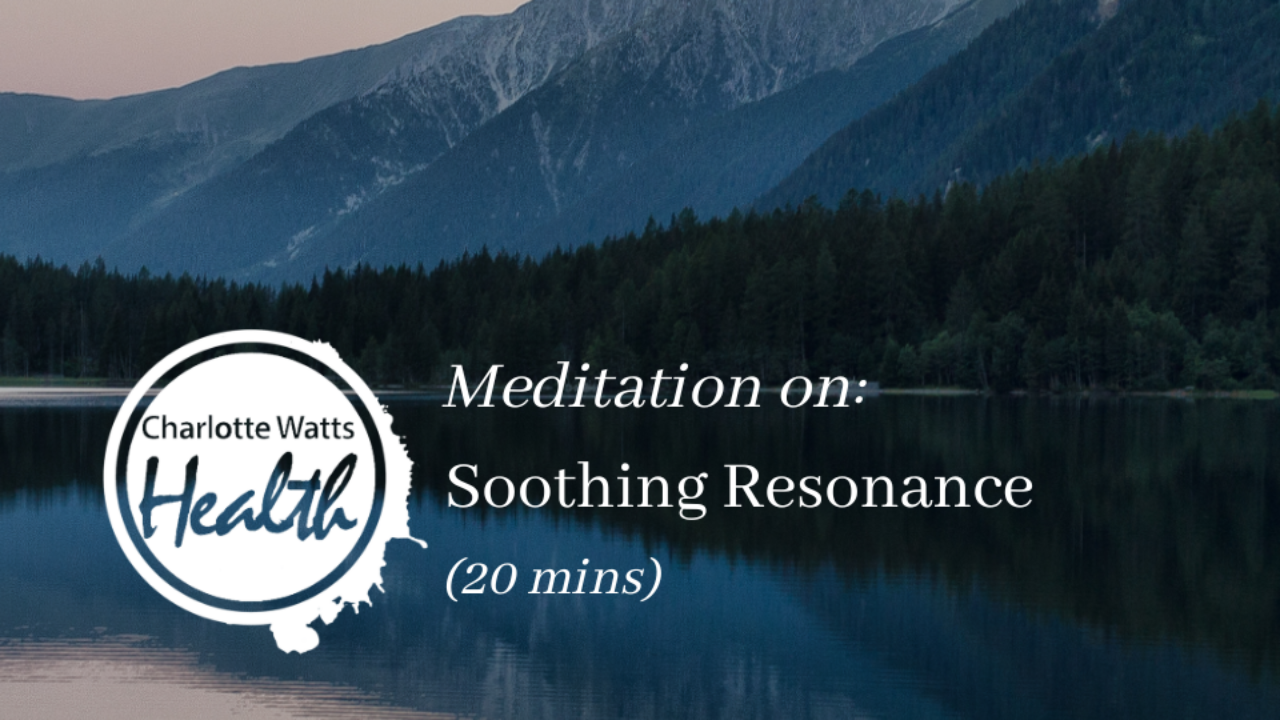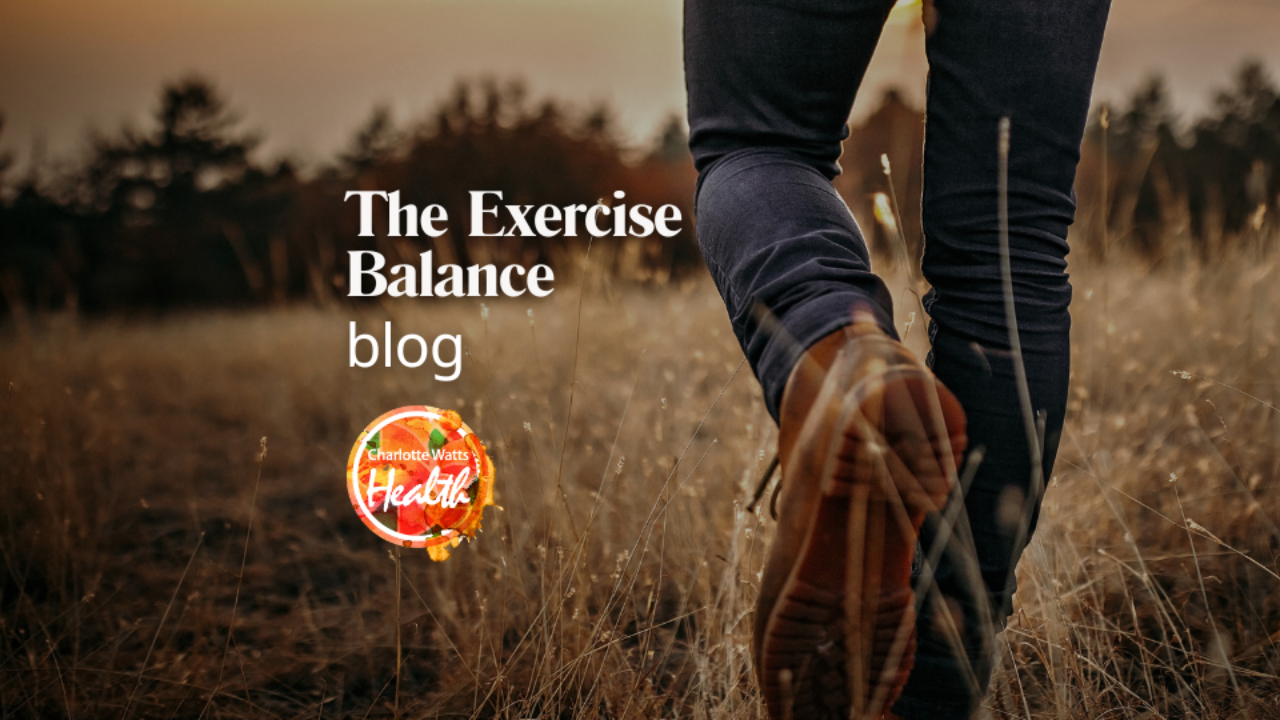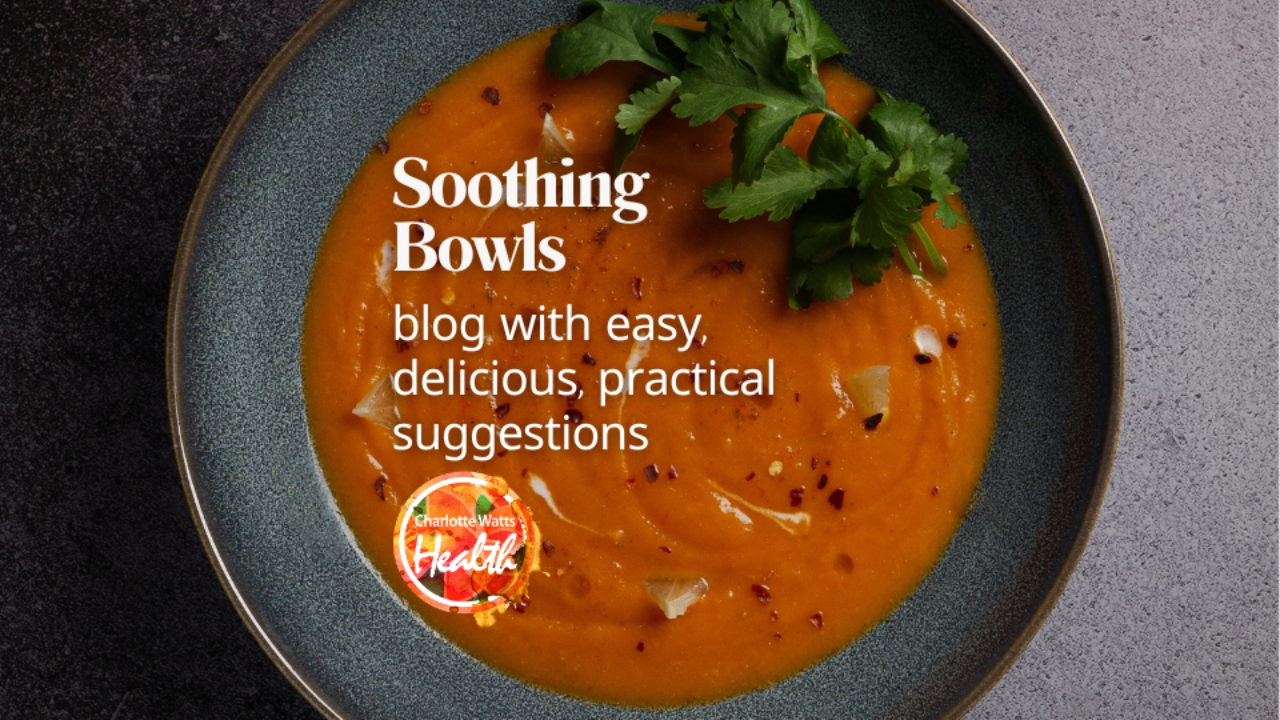Tuning in to what you need
As a society we are often conditioned to push through pain and fatigue and simply keep going, ignoring the signs our body is giving us to slow down. In fact, much of our conditioning is that doing more, and doing it faster, is better. In reality, high expectations and comparisons mean we often lose sight of how much we nest to rest and recover – this can be particularly seen in people’s attitudes to exercise, where pushing in past our boundaries can add into a picture that can lead to injury, exhaustion and even burnout. In a culture where we can get caught up bouncing between extremes of overwhelm and collapse, a more considered and rounded viewpoint can help us tune in to our deeper needs and find that middle way between action and regeneration. The way we move and express through our bodies can help us tune in to what we feel and need – if we are taking the time to attune to ourselves.
Our whole wellbeing (physical, emotional and mental are always interl...
A bowl of soup, stew or curry can be a great comforter or hydrating light meal at any time we feel we need some inner warmth.
Nourishment through food isn't simply about the nutrients we take in, but the taste, sense of satisfaction and sensory experience. This is part of nutrition as safety, not just tuning in to our personal, intuitive feelings for what our system feels open to receiving, but also as the deep and satisfying nourishment that calms and soothes.
In autumn or winter, the bowl of soup or stew can warm us in a very real way from the inside out. When we were moving into the first colder months of spring, it can help us transition from more dense eating in the colder months towards the lighter eating of summer. Soup can be a really welcome light evening meal if we are giving our digestion a rest towards bed for full gut healing, detoxification of tissues and cells, and immune replenishment overnight.
There has even been research on the comforting qualities of a bowl of ...
Choosing food that supports our health is one of the most accessible routes to self-care, but is not always the one we gravitate towards when we’re feeling tired, agitated or low.
 When we look back over a few days’ or weeks’ habits we can often gauge if we were “looking after ourselves” or simply following habits that seemed a little easier at the time or had a numbing or self-medicating effect. One of the easiest ways we can cultivate self-kindness is through the food we eat, but when stress hits it can send us towards what we want in the moment, rather than what we know we need in the long-term.
When we look back over a few days’ or weeks’ habits we can often gauge if we were “looking after ourselves” or simply following habits that seemed a little easier at the time or had a numbing or self-medicating effect. One of the easiest ways we can cultivate self-kindness is through the food we eat, but when stress hits it can send us towards what we want in the moment, rather than what we know we need in the long-term.
These can seem the antidote when we feel low in mood or energy, but more than the occasional cake or biscuit as a treat can send us round in craving cycles. It may feel good for a few moments but it's followed by the sugar high which we burn through quickly, closely followed by the sugar low - an energy slump. Ultimately if we do not recognise and break this pattern, we can create a relianc...

The podcast above supports the information below.
Embracing Change with Compassion: Finding Ease in Transformation
I recorded this podcast a few years ago (just before the chaos of Christmas!) and I find myself revisiting it as we transition into spring. It complements this month's Natural Health Webinar on Spring Eating, Growth and Renewal.
One of the few things we can rely on is that things are always changing. Most of this change is beyond our control and so can create resistance – a self-protective holding as we gauge whether the new and unfamiliar is safe, or not. During this explorative phase, whilst we experience a shift in the landscape, we might experience worry, even stress in the form of feeling disquieted, unsettled or even anxious. This is to draw our attention to the change in play; to prompt awareness where we might choose an attitude of curiosity over judgment. Tendencies to simply judge change as ‘good’ or ‘bad’ can shut down our capacity to go-with-the-flow and ad...

Soothing Resonance - humming or Bhrāmarī breath
This practice uses the yogic breathing technique Bhrāmarī breath - also known as 'black bee breath', it is named after the Hindu goddess of bees. The practice involves a humming on the outbreath to draw the attention inwards, as the vibration of the hum soothes the nervous system and quiets a busy mind.
Humming extends the exhalation, creating vibration in the upper torso and throat. The ‘mmm’ sound created vibrates into the cerebral cortex, said to nourish the pituitary gland for hormonal and nervous system regulation, as well as deactivating the fight-or-flight response (via the vagus nerve), and stimulating production of the neurotransmitter serotonin, which regulates our mood and sleep cycles. It has also shown to support communication through the heart-brain axis.
Humming can be brought in any time within a physical or meditative practice as a focus on inner vibration (spanda) particularly in the silence that follows. It is tradi...
Simple Home Oral Health Practices for Immune Defences, Heart and Cognitive Health
 Our mouths and throats are rich in immune defences - they need to be as they are entry points where most things that come into our bodies arrive. We both take in (food, drink, air, pollution, even smoke) and expel (air, speech, spit etc) through the mouth and throat, and as such busy junctions, they need continual maintenance. Beyond these more functional aspects, there is the resonance of words, language, song and chant – all enabled through our breath, this a truly expressive part of our whole system.
Our mouths and throats are rich in immune defences - they need to be as they are entry points where most things that come into our bodies arrive. We both take in (food, drink, air, pollution, even smoke) and expel (air, speech, spit etc) through the mouth and throat, and as such busy junctions, they need continual maintenance. Beyond these more functional aspects, there is the resonance of words, language, song and chant – all enabled through our breath, this a truly expressive part of our whole system.
The rich protective bacterial colony that lives on the linings of our mouth and throat is our oral microbiome. This host of beneficial bacteria is an extension of that in the gut, but less well-known, on our skin and in our lungs too - showing how all parts of us are intrinsically linked. These organisms are an important part of our body-wide immunity and communication. It is well known that compro...
Change is the one thing we can rely on in life... cultivating a fluid and enquiring relationship with shifts in our phases, energy, age, tastes and responses helps us meet inevitable fluctuation with ease. Neuroscience has shown us that we have neuroplasticity - our minds, bodies and viewpoints are always open to new ways, and can create new pathways. Whether change is in our circumstance, phases of life, body, food choices or habits, meeting each new experience with curiosity, grace and joy is more possible when we find ways to relax into them – even just a little bit when they may feel less than welcome!
What I've learnt along the way....
Here are the factors I’ve found work as a framework for guiding dietary change, teaching yoga and approaching many of life’s challenges - all gleaned by experience and talking to clients:
- The little things add up – whether it’s cutting back on sugar, increasing movement or making time to relax, little and often are more fundamental than occasio ...
This video is taken from Day 2 of Therapeutic Movement with Charlotte Watts, a 10 day journey around the body, available through my online platform, Whole Health.
In this session, part 2 of the 10 day journey around the body, we focus on immunity and the lymphatic system. Feel free to use any props or support you need to find the space for the fluidity found in the immune and lymphatic systems as we move.
Click the video above or here to access the practice.
The whole series follows this journey around your body for you overall health and function:
Day 1: Digestion
Day 2: Immunity & Lymphatics
Day 3: Bones & Joints
Day 4: Muscles & Fascia
Day 5: Liver & Diaphragm
Day 6: Kidneys & Adrenals
Day 7: Nervous System
Day 8: Heart & Lungs
Day 9: Skin
Day 10: Your Whole Body
Discover Whole Health with Charlotte here, featuring access to yoga classes, meditations, natural health webinars, supplement discounts and more...
As we move into the colder months, our bodies are exposed to a range of environmental stressors that can impact our health and immunity. Many people spend more time indoors in heated buildings, exposed to artificial lighting, and with less natural contact with nature. These factors, coupled with a sedentary lifestyle, high sugar intake, stress, and processed foods, can all contribute to a weakened immune system.
As one of the oldest flavourings used in cooking, garlic used on bread helped sustain workers building the pyramids – purple heads with around 45 cloves have been found in Egyptian tombs.
Garlic’s long-lived use as a medicinal plant across the world is due to its various sulphur compounds, each with slightly differing properties.
 Garlic is a natural antibacterial, antiparasitic and antifungal so keeps the gut clean and supports the immune system, regular use in cooking is a great preventative for a whole host of infections and conditions. Its ability to kill harmful organi...
Garlic is a natural antibacterial, antiparasitic and antifungal so keeps the gut clean and supports the immune system, regular use in cooking is a great preventative for a whole host of infections and conditions. Its ability to kill harmful organi...
How we eat and nourish ourselves has a marked effect on how we react to the world around us. When we are at the whim of blood sugar highs and lows, we can tend to lurch towards fear-based stress responses more quickly.
What we drink also has a profound effect on our nervous system and reactions. Our most important drink is water and dehydration can trigger anxiety. This happens as hormones are unable to reach their destined locations because of poor blood flow. Water loss can cause muscles may tense up and our brains may experience weakness or changes as a result of water loss. Panic attacks can become more likely as dehydration is linked to some of the triggers; light-headedness, muscle fatigue and weakness, headaches, feeling faint and increased heart rate.
In this blog we explore how best to hydrate and ways that can also provide extra help for soothing and calming the nervous system to quieten tendencies for overwhelm, fear, worry, anxiety and the accompanying health issues. ...
Sometimes only a sweet fix will do and we need to honour and go with that! A health-giving form that incorporates digestive-supporting elements allows us to enjoy that soothing guilt-free, relieving any extra internally generated stress. In this gorgeous smoothie, the sweetness is from bananas that provide potassium for nervous system regulation and tryptophan for brain-happy serotonin production.
This smoothie can make a great breakfast if you struggle to eat first thing, but need help regulating your energy and sugar cravings up to lunch.
The ingredients support our body-mind health in a variety of ways, including these which support female hormone health and as you'll see, also link into how body system work together continually:
bananas - soluble fibre (inulin) keeps bowel movements regular, very important for balancing hormones/ the amino acid tryptophan makes serotonin for mood, appetite and sugar craving regulation/ potassium helps regulate body fluids and calm the nervous ...

This blog accompanies the Whole Health programme 30 Days of Meditation - click here for more details and to sign up
The audio at the top of this blog is the 15 minute meditation from Leonie Taylor on Day 5 of that programme: Following the Breath to support the content below.
 Mindfulness of Breathing
Mindfulness of Breathing
Mindfulness is the dedicated practice of experiencing the present moment; as it is, without interpretation or judgement.
Mindfulness is used regularly as a route into meditation as starting with present moment experience helps us move away from impressions and projections we bring from the mind and past associations. As our breath is a constant, rhythmic presence in our lives, it provides us with both a cycle to follow and a guide to the state of our nervous system at any given time. Conscious attention on the breath, and particularly the soothing exhalation when stress speeds up our whole system, can also help bring us down from overwhelm, agitation and anxiety.
Mindfulness ...












